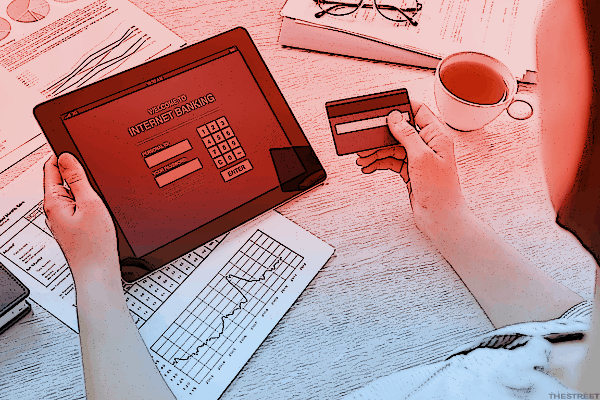
In general, the waiting period for a check to clear depends on several factors, including the check amount, the status of the check payer’s bank account, and how long you’ve been with the bank.
The good news is that checks generally clear fairly quickly, usually the day after you deposit the check at your bank (unless you make the deposit on a weekend, in which case you can expect to wait two days for the check to clear.) Some banks may wait two business days to clear a check, so it’s always important to check with your financial institution to know for sure when your check will clear.
Most banks will also credit you $100 immediately when making a deposit that’s larger than $100 with a bank teller or via an automated (ATM) machine.
New bank account holders can expect to wait longer – usually 7-to-10 days – for a check to clear, typically if they haven’t been a bank customer for more than 30 days.
In general, the check clearing process works like this:
- You accept a check from the payer and deposit the check at your bank or credit union.
- Your financial institution requests the cash to cover the check from the payer’s bank.
- The payer’s bank removes the cash from that payer’s bank account.
- The money is transmitted to your bank, and into your account.
If you need a refresher on how to write a check or alternatives to checks, make sure to read our guide: How to Write a Check: Six Steps With Examples.
Know Your Banks ‘Funds Availability’ Policy
To gain a better grip on knowing when a check will clear, check with your bank’s “funds availability” policy.
The policy, which should be included on the bank’s website, in your bank account agreement, or in your bank’s policies manual, spells out exactly when a non-cash deposit hits your bank account. Most policies stipulate that check clearance is dependent on the check amount and source of the check.
When a Bank ‘Holds’ Your Check Payment
When you deposit a check into your bank account, your financial institution may place a “hold” on the deposit – keeping you from accessing the money. Automatically, banks put a one-day hold on any check deposit (although they have the right to extend a check payment hold longer than that). They do so to ensure the check is legitimate, and to avoid accepting – and paying out on – any bad checks that hit your account.
One-day holds are common for checks issued by the U.S. Treasury, checks for $200 or less, and check drawn on the same bank you use. Banks can hold checks for a longer period time if they’re over $5,000, or if a check is endorsed by someone other than the intended recipient (known as a “third party” check.)
When a bank places a check payment on hold, they’re required to provide you with a receipt that includes the payment release date. Make sure to check your account on the day of the release to ensure it hits your account on the day your bank stated it would.
By and large, if there’s nothing out of the ordinary with a held check, the bank should clear the check for payment within five business days. Check with your bank for exact details on held checks.
Risks When Depositing a Check
There are safety and security risks when depositing a check and waiting for it to clear. These risks are at the top of that list.
The overpay scam
In this scenario, a person sends a check to you for more than the amount agreed upon. Then, the sender requests you to return the excess amount. The problem? You send the excess amount only to find out the sender’s check bounced.
Dealing with a bounced or suspicious check
If the check bounces (i.e., the sender’s bank account doesn’t have the necessary funds to cover the check amount) you, as the recipient, will have to repay your bank for the amount deposited and likely have to pay a fee (returned check fees of between $20 and $40 are not uncommon) for depositing an insufficient check. Thus, it’s always advisable to check the source of any checks coming into your bank account, and ensure the payment is legitimate.
Accepting a fraudulent check
It does not pay to accept and deposit a fraudulent check, like a stolen check from another person’s or company’s checking account. In this scenario, the check will clear, but you’ll be responsible for paying the money back once the bank and the account holder discover the check was stolen.
Fraudulent mobile check deposits
With the advent of mobile check payments, there’s been an uptick in fraudulent bank check deposit activity. Unfortunately, some scammers “double dip” and deposit the check twice – once via mobile deposit and once at the bank. Or, a fraudster deposits a mobile check, then cashes the physical check at a check-cashing store. Additionally, in some cases, a bank customer will innocently and inadvertently deposit a check twice, simply because they forgot they deposited the check via mobile a few days or weeks before. In that event, you’ll have to pay the money back once the bank discovers the error.